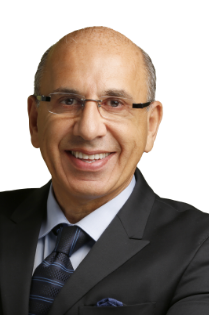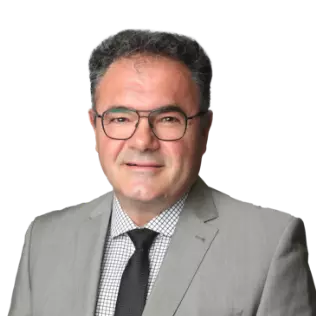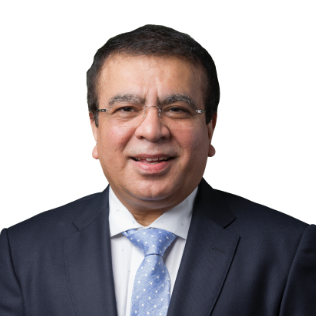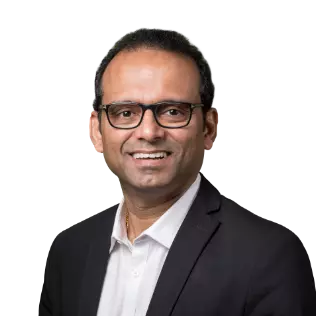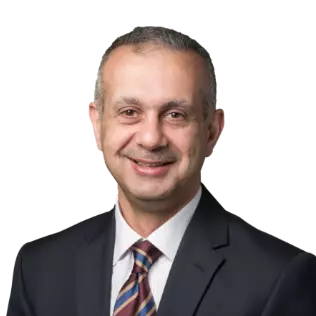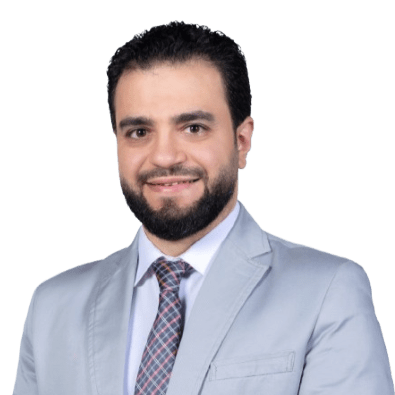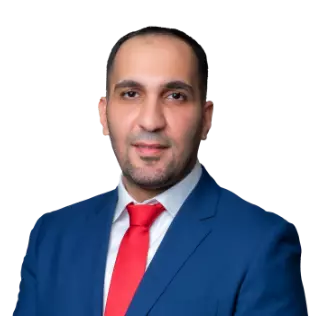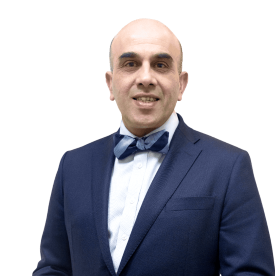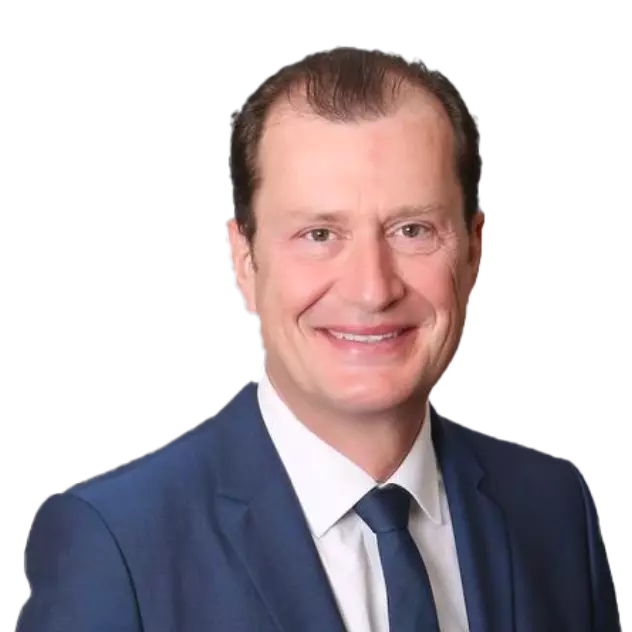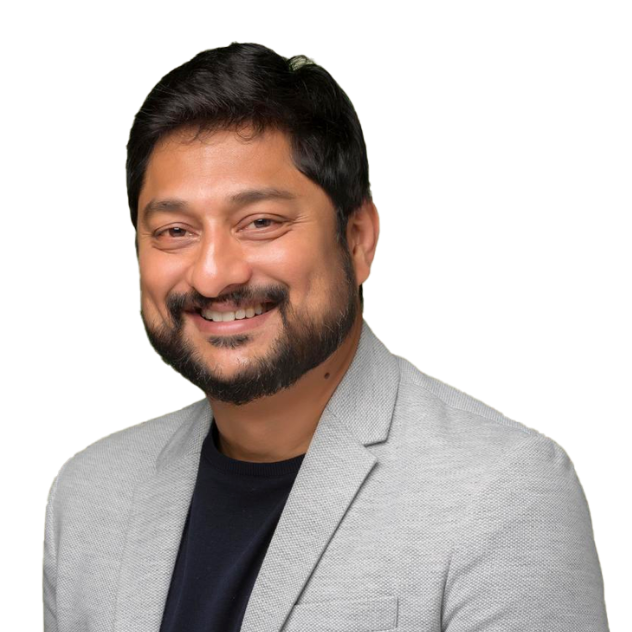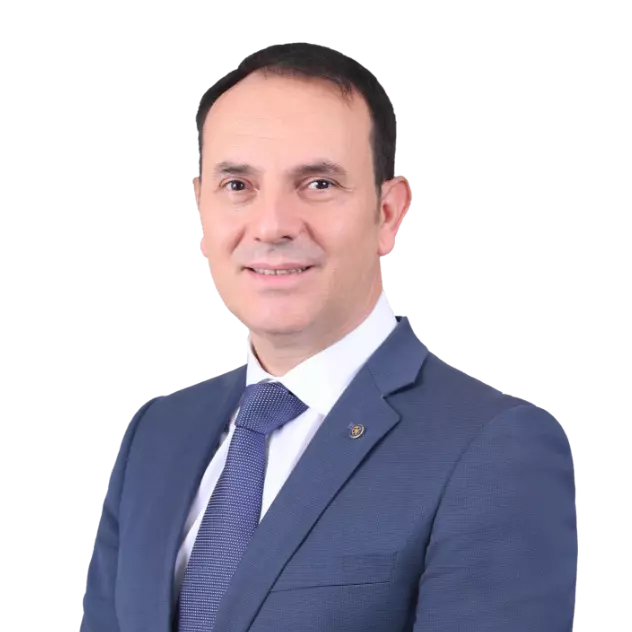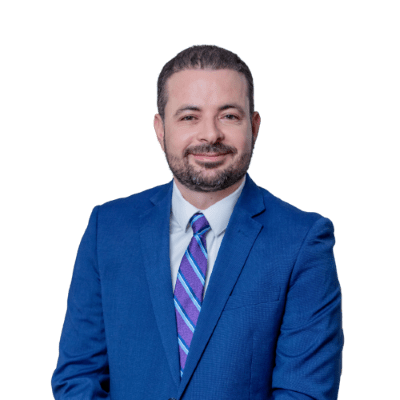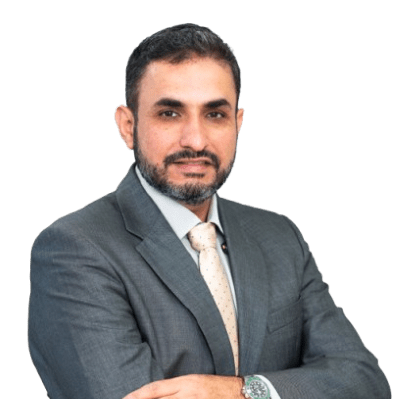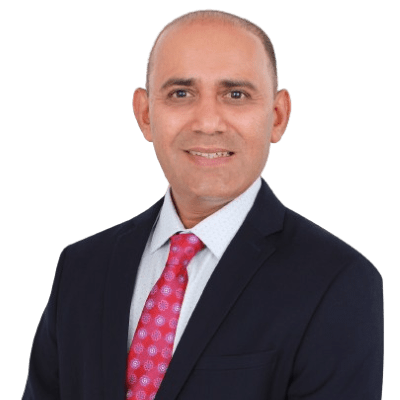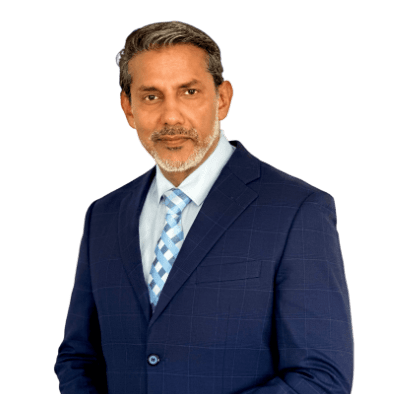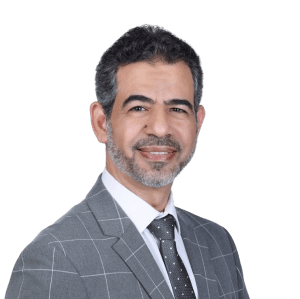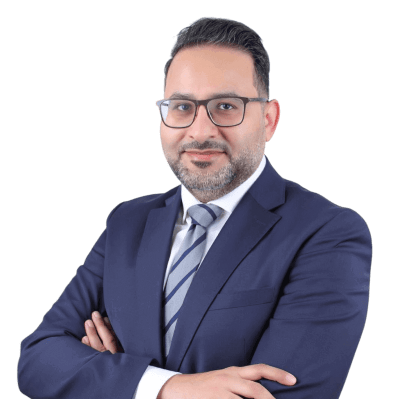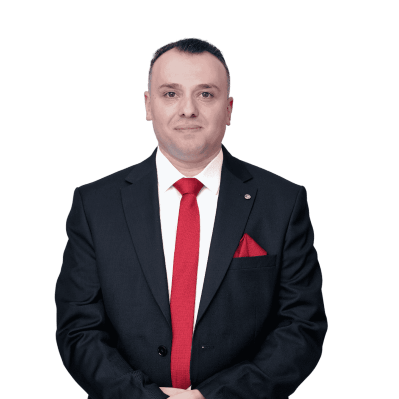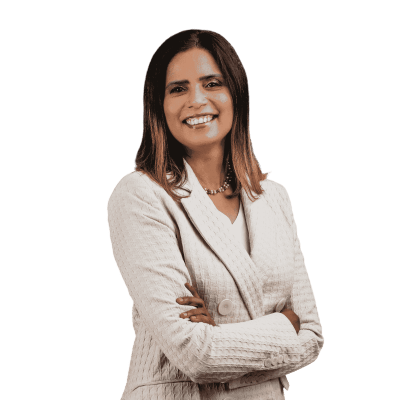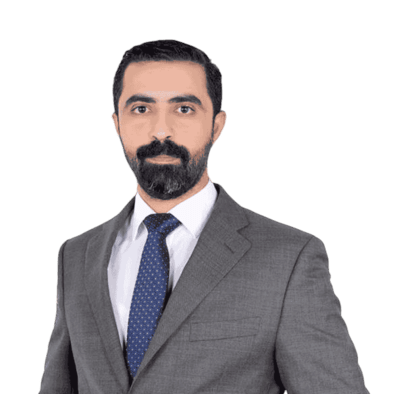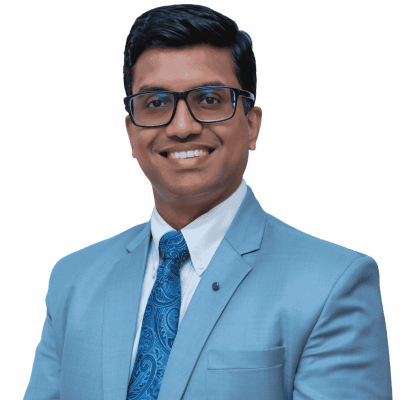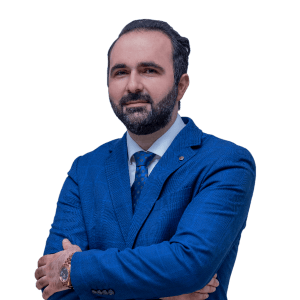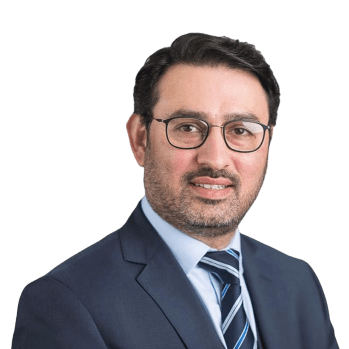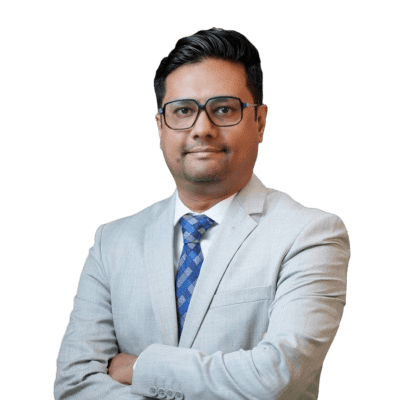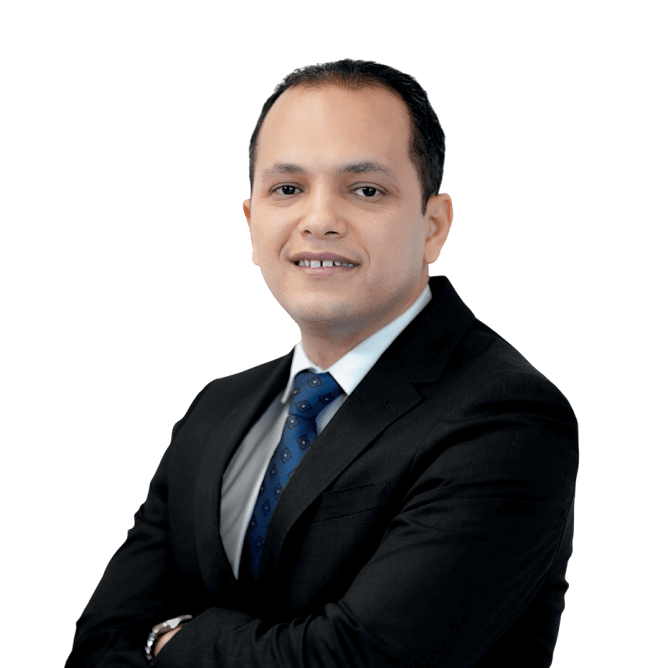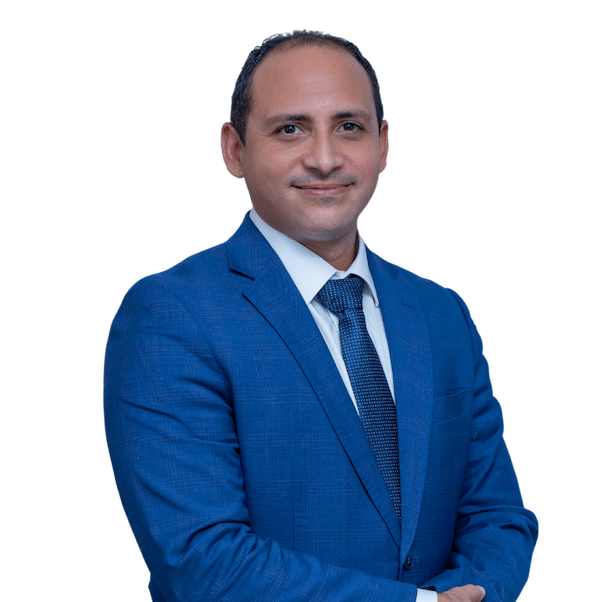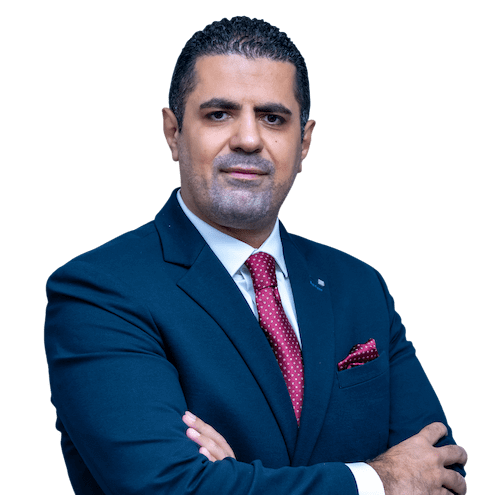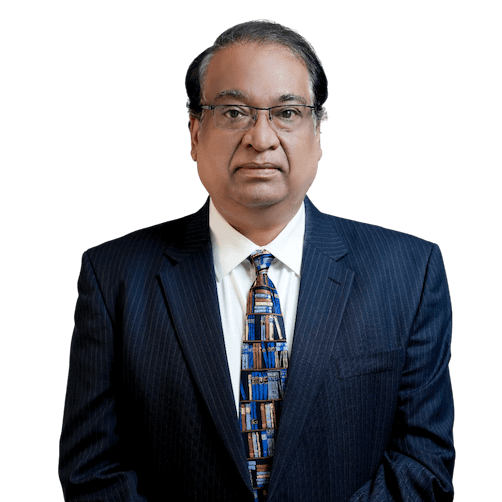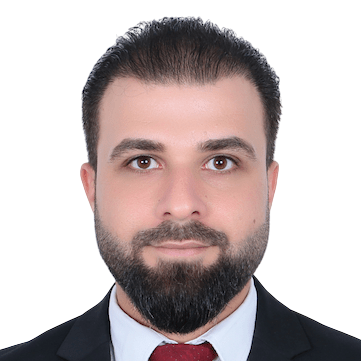Written By: Dr. Hassan Kadri
Dr. Hassan Kadri completed his MD from France and went on to accredit himself with an impressive array of diplomas in paediatric neurosurgery, neurosurgery, spine surgery, brain microsurgery and neuroanatomy.
Updated On:December 22, 2023
Read more.
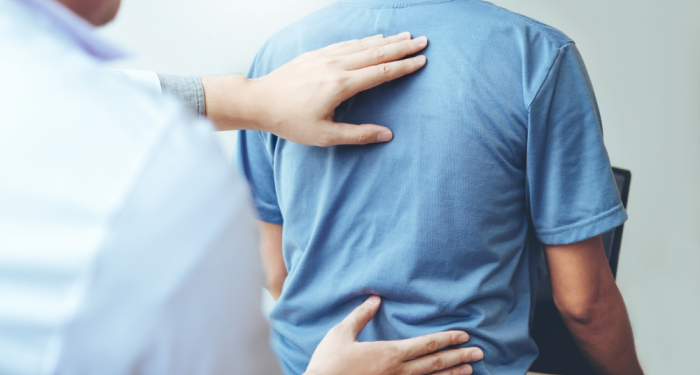
Injuries, physical stress & a number of medical conditions can cause back pain. Back pain strikes people of all ages. It increases in frequency in older age groups. Some occupations carry a higher risk of back pain. Degenerative disc disease causes problems for other sufferers.
Lower back pain is associated with these parts of the back:
● The lower back
● Intervertebral discs – the discs between vertebrae
● Spine ligaments
● Nerves that emerge from the spinal cord
● Muscles in the lower back
● Abdomen & pelvic organs
● Skin around the back
● Facets joints
Chest tumors, inflammation of the spine & aorta disorders can all lead to upper back pain.
Symptoms of Back Pain
There are many causes & types of back pain, with symptoms ranging from a dull ache to stabbing or shooting pains. The symptoms of back pain are often apparent after injury, but many appear without any seeming cause or reason.
Sometimes, a backache can move down into the legs, or cause discomfort to the neck, shoulders & arms. Often, those with backache describe pain symptoms that get worse after standing for a long time, walking, twisting, bending & lifting. The key point is to take life gently if you experience back pain. Symptoms of back pain include:
- General pain
- Aches
- Shooting pain
- Stabbing pain
- Burning sensation
While many symptoms ease with rest & home care, see a doctor if your symptoms expand to include those mentioned below.
When to see a doctor for back pain?
Back pain can be tiring, disrupt your lifestyle & be a sign of more serious illness or injury. If your pain reaches a level when it interferes with how you can move about, sleep or work, then it is time to see a doctor. A doctor will also be able to advise you about the causes of any severe, persistent & chronic back pain.
The Medcare team includes back specialists with a range of experience & diagnostic skills. If you are having problems with your back which make it difficult to drive, to sit down or to sleep then a doctor will be able to investigate the causes & identify a treatment plan.
You should seek help when back pain is getting in the way of your daily routine, preventing you from enjoying family gatherings & if it restricts your ability to work. Some of the signs you should not ignore, include:
- If pain has continued for more than two weeks even after taking non-prescription drugs.
- When the pain is so bad you cannot carry out routine tasks.
- If you have any tingling in the body.
- When back pain keeps you awake at night & makes it difficult to sleep.
- A rise in temperature when it accompanies back pain – this could be a sign of infection.
Causes of Back Pain
The back comprises:
- Vertebrae – bones which form the spinal column
- Intervertebral discs
- Nerves
- Joints
- Muscles
- Tendons
- Ligaments
These all function together to support our bodies when we move. The spine is cushioned by the discs. This helps our back & neck move freely. Back pain can be caused by problems with any of these body parts. People can suffer damage to their back from incorrect posture, repeated strain & a number of different medical conditions.
Potential Causes: Back pain is often caused by strain, tension, or injury. There are many causes of back pain, including conditions such as arthritis or osteoporosis. Other potential causes can be injury, being overweight, ligament & muscle strains, & disc issues. Some catalysts for back pain are:
- Muscle & ligament strains.
- Spasms in muscles.
- Tension in muscles.
- Disc damage.
- Falls, injuries & bone fractures.
Structural Problems: If the back has structural problems, they can lead to pain. A slipped disc, often called ruptured or herniated which causes pain when they press on a nerve, are a common structural problem which gives a great deal of back pain. Some other structural issues include:
- Slipped Discs: Sometimes/slipped vertebra.
- Sciatica: Pain that travels along the sciatic nerve from the lower back into the legs.
- Spinal Arthritis: Which causes stiffness & lower back pain.
- Stenosis: Causes pain after openings in the spine start to narrow.
- Scoliosis: A curvature of the spine.
- Osteoporosis: Weakening of the bones which can increase the risk of fractures.
- Kidney Stones: Can lead to very intense pain in the back.
Movement & Posture: How we sit & move, & everyday activities, all affect our back health. In modern times, one of the biggest contributory factors to back pain is the way we sit hunched over our electronic devices, such as mobile phones or laptops. But remember, if you already have weak back muscles, a simple act like turning on a tap can cause back problems. Take regular breaks, stretch & walk, & remember the following are just a few of the reasons we might suffer from back pain:
- Twisting, coughing or sneezing.
- Muscle tension.
- Over-stretching.
- Pushing, pulling, lifting, or carrying.
- Standing or sitting for extended periods.
- Straining the neck forward.
- Driving for a long time.
- Sleeping on a mattress without good support.
Other Causes: Some back pain can be caused or increased by medical conditions, many of which affect our bones, our skeletal structure or certain organs. Other causes of back pain are numerous, but include:
- Spinal cancer.
- Spinal infections which can be accompanied by fever & a warm, tender area on the back.
- Infections of the kidney or bladder & pelvic inflammatory disease.
- Lack of sleep.
- Shingles.
Back Pain Risk Factors
We all face the risk of back pain, simply by going about our everyday activities. Back pain can strike at any time, & can cause discomfort & inconvenience. At worst, back pain can be a symptom of a more serious underlying condition. With a little knowledge & care, you can reduce back pain risk & live a healthier, pain-free life.
Activities & conditions that can lead to strains or spasms can include:
- Lifting things improperly or that are too heavy.
- Making abrupt, awkward movement.
- Playing sports & exercising without warming-up.
- Not maintaining good posture.
- Being pregnant.
- Ageing.
- Carrying too much weight.
- Being a smoker.
- Inherited factors.
- Long term medical problems, such as cancer or arthritis.
Women suffer lower back pain more than men. This is sometimes attributed to hormonal issues. Mood disorders, anxiety & stress can all influence back pain. Thin intro content, too many bullet points, keywords of 'back pain risk' not used enough. Needs a decent intro paragraph with concise bullet points
Diagnosis of Back Pain
Medcare doctors will diagnose the causes of back pain after a discussion of symptoms & a physical examination. Further tests & possibly an imaging scan may be needed if:
- An injury has caused your back pain.
- Doctors suspect an underlying cause.
- You have been suffering pain for a long time.
Doctors can use X-Rays, MRI or CT scans to investigate further.
- An X-ray can display alignment of bones or reveal fractures, but it may struggle to show up damage to the nerves, muscles, discs or spinal cord.
- Issues with herniated discs can be revealed by an MRI or CT scan – as can some troubles with muscles, blood vessels, ligaments, tendons & tissue.
- When osteoporosis is suspected, bone scans can be used to see if there are any signs of tumours or fractures.
Nerve compression as a result of spinal stenosis or a herniated disc can be identified with the help of EMG or electromyography, which measures electrical impulses from nerves in response to muscles. When infection is a possibility, your doctor can request a blood test.
Other Types of Diagnosis
A chiropractor can diagnose your back problems through touch, palpation, & visual examination. Visual inspection & palpation help an osteopath make a diagnosis. Soft tissue & joint pain will be assessed & treated on evaluation by a physical therapist.
Treatment of Back Pain
While rest can often alleviate back pain, medical treatment is sometimes required.
Medical Treatment: Our doctors may prescribe medication, or they may feel physical therapy is required. A combination of both treatments can also be given.
- Medication: Back pain that does not respond to over-the-counter painkillers may require a prescription. Codeine or hydrocodone may be prescribed for short periods. Muscle relaxants help some patients.
- Physical therapy: Pain can be lessened with techniques such as heat application, ice treatments, electrical stimulation & ultrasound.
- Cortisone injections: Swelling around nerve roots can cause pain, & this can be reduced with cortisone injections - anti-inflammatory drugs injected around the spinal cord into the epidural space.
- Traction: A herniated disc can be moved back into position using weights & pulleys to stretch the back. Traction like this helps ease pain when it is applied.
Complementary Therapies: It is possible to have other therapies alongside conventional medical & physical treatments. These are known as complementary therapies. Back pain in some people can be alleviated by therapies such as yoga or acupuncture, while osteopaths manipulate the spine, muscles & joints. It is important to use the services of a therapist who is registered & qualified to an appropriate professional level.
Surgery for Back Pain or Spinal Instability: Back pain is rarely treated with surgery. It may be considered if someone has a herniated disc that leads to nerve compression causing persistent pain & muscle deterioration. These are some of the types of surgical procedures used in treating back pain:
- Fusion: The surgeon connects two or more vertebrae & removes movement between them.
- Artificial disk: A damaged disc is replaced with an artificial disc.
- Microdiscectomy: It is when a surgeon removes a herniated disc from a patient’s lower back.
- Laminectomy: If the lamina - known as the roof of the vertebrae - is partially or fully removed, nerve pressure can be alleviated.
- Fixation: Fixation is when spine fracture is fixed.
- Vertebroplasty: It is when fractured vertebrae is injected with cement.
Severe lower back pain or pain that doesn’t go away should lead to a doctor’s appointment. Call Medcare for support, diagnosis & treatment plans for your back pain.
Home Remedies for Back Pain
Some back pain can be relieved by drugs you can buy from a pharmacist over the counter, such as anti-inflammatory drugs that are free of steroids. Relief can also come through application of heat or cold from a heat compress or ice pack. Some people find relief through rest. Walking when possible can keep muscles from degenerating & is shown to ease stiffness & reduce pain.
Back Pain & Pregnancy
Many women suffer back pain when pregnant, which is common during early pregnancy. Pain is sometimes caused because ligaments change in preparation for labour. The ligaments soften & stretch, which can strain & cause pain around the lower back & pelvis. Try these tips to avoid pain in pregnancy;
- Lift objects with your knees bent & back straight.
- Try not to lift heavy items.
- Reduce the chance of a twisted spine by moving your feet when turning.
- Replace heels with flat shoes.
- Maintain a straight back with a maternity support pillow.
- Take plenty of rest.
- Soak in a warm bath or take a massage.
- Stay supported in bed – one way to increase this is with a piece of board under a soft mattress.
Paracetamol can be taken to ease pain. If you are trying to get pregnant & have back problem, consult your doctor first.
Exercises for Back Pain
Any form of exercise which strengthens the back muscles will reap benefits. However, in severe backache cases, exercise needs to be undertaken with supervision. We recommend taking advice from a Medcare professional before undertaking any exercise regime, which could actually further damage the back. The core, arm & leg muscles gain strength from back exercise – which allows increased blood flow to get to the lower back. This can help fast forward healing & decrease stiffness.
Prevention of Back Pain
Preventing back pain can be as simple as making some simple lifestyle changes – even down to how we walk & sit. Other changes involve more effort, such as incorporating regular exercise into our lives or losing weight, but will reap dividends in the long-term health of your back. Prevention of backache can be better achieved with knowledge of the risk factors & important lifestyle changes, such as:
Exercise: Exercise helps build strength & manage body weight. Also, there are heart health benefits from low impact aerobic exercise that doesn’t trouble the back.
- Back muscles can be built-up with core strengthening exercises
- Hip, spine & upper leg areas can be developed with flexibility training
Before undertaking any exercise programme, talk to your Medcare professional.
Diet: A simple change in diet could be to include calcium & vitamin D, for bone health. Bodyweight can be better controlled with a healthy diet. Remember, obese people suffer far more back pain on average than people who are not overweight.
Posture, Movement & Lifestyle: The way we live today gives rise to a number of potential back pain risks. Take a few moments to analyse your workspace, your posture, even what you wear, to help yourself avoid back pain issues.
- When standing, keep the back straight with your weight evenly distributed between feet.
- When sitting, use a chair with sufficient support for the back, one that swivels & has armrests. When using a keyboard keep your elbows at right angles.
- Make your legs take the weight when lifting weights – instead of your back. Never lift & twist together.
- When you move objects, your back will be strained less if you push forward rather than pull items towards you.
- Flat shoes stress the back less than heels.
- Support your back when driving. Make sure pedals are directly in front of the feet. Take breaks on long journeys & make time to have a walk.
- When sleeping, use a mattress that supports the buttocks & shoulders. Don’t have pillows that put the neck up at a steep angle.
Severe lower back pain or back pain that doesn’t go away with gentle stretches & exercise should lead to a doctor’s appointment. Call the Medcare experts today for support, diagnosis & treatment plans for your back pain.
Meet our doctors from the Orthopaedics department
|
||||||||
|
||||||||
|
||||||||
|
||||||||
|
||||||||
|
||||||||
|
||||||||
|
||||||||
|
||||||||
|
||||||||
|
||||||||
|
||||||||
|
||||||||
|
||||||||
|
||||||||
|
||||||||
|
||||||||
|
||||||||
|
||||||||
|
||||||||
|
||||||||
|
||||||||
|
||||||||
|
||||||||
|
||||||||
|
||||||||
|
||||||||
|
||||||||
|
||||||||
|
||||||||
|
||||||||
|
||||||||
|
||||||||
|
||||||||
|
||||||||
|
||||||||
|
||||||||
|
||||||||
|
||||||||
|
||||||||
|
||||||||
|
||||||||
|
||||||||
|
||||||||
|
||||||||
|
||||||||
|
||||||||
|
||||||||
|
||||||||
Similar Posts
teleMEDCARE App
Download teleMEDCARE app from Google Play or App Store to connect immediately to Medcare doctors at a click of a button and without an appointment.

Home Services
We offer our patients a broad range of home health care services in the comfort of their own homes. Book an appointment for lab tests, vaccinations, nurses and physiotherapists.
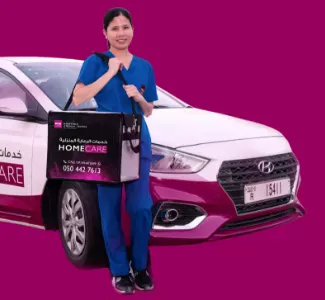
Chronic Care
Know more about our Chronic Care Management Programme in partnership with Damana Saicohealth.

teleMEDCARE App mobile
Download teleMEDCARE app from Google Play or App Store to connect immediately to Medcare doctors at a click of a button and without an appointment.

Home Services
We offer our patients a broad range of home health care services in the comfort of their own homes. Book an appointment for lab tests, vaccinations, nurses and physiotherapists.

Spotii
We have partnered with Spotii to offer a more flexible way to pay - Pay over time for your purchase. No interest, no cost & no catch.

